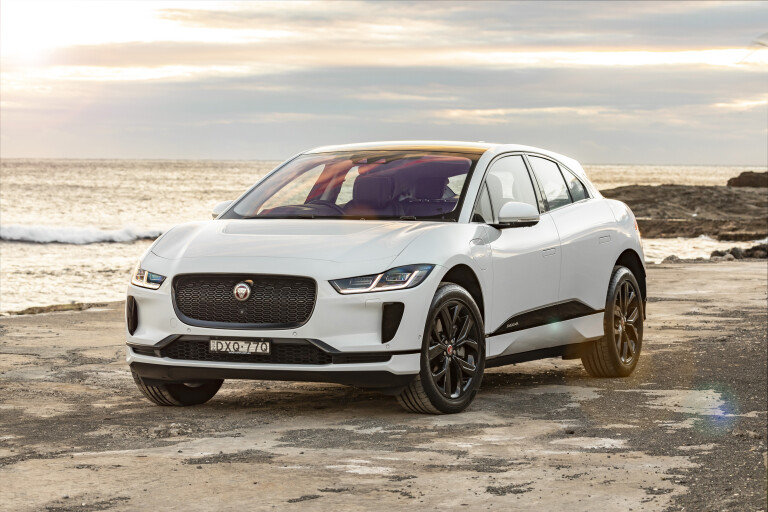
"No more SUVs for Jaguar," the new CEO Thierry Bolloré said last year without batting an eyelash.
If that's the message Jaguar is sending out, F-Pace and E-Pace will almost certainly be discontinued by the end of 2027, just in time before Euro 7 strikes. No more me-too cars, was another often cited quote by the chairman.
That's why the half-finished electric XJ was axed at a substantial loss, which is a very good reason not to replace the competent but bland XE and XF. Such a radical decimation would leave Jaguar with the charming but compromised solitary i-Pace which is due to be replaced in late 2025 by project X384.

Of course, there is also the ageing F-Type still loitering in the background, unsure where to go, how to behave and what to wear in its next life.
Still nowhere to be seen is a flagship model, a proper halo car, a mould-breaker like the stillborn C-X75 one-off. The cycle plan continues to list X391 – the electric XJ – which has allegedly been pushed back to 2027 but instead may end up on a scrap heap near Coventry.
Having spoken to a couple of sources from the Midlands, it transpired Jaguar has, under Bolloré, embarked on a radically different journey loosely labelled "expect the unexpected".
The reimagined brand values are bound to stand on different pillars and chase different priorities. It seems certain that le directeur général aims to move the marque further up-market, fuse values like style and substance, take on pricier rivals like Aston Martin and Bentley instead of focusing on BMW and Mercedes-Benz.
Volumes would likely shrink in the process, but profits would increase as electromobility advances from a breakthrough planet-saving technology to a universal must-have state of mind.

Since strong performance and long range are soon bound to be common commodities, Jaguar must instead emphasise other strengths such as ultra-fast charging, the Britishness of the execution, the totally cool presentation and the values of the brand community.
Means to this end are said to include another iconic sports car like the E-Type, a luxurious four-seater clad in a functional and understated livery, a spacious and sporty crossover without social acceptance issues, and perhaps even a compact stealth street jewel doubling up as high-end bespoke commuter car.
Four years are a short timespan to establish a fresh brand identity, but in a way it may even be easier to reinvent Jaguar as a whole than to replace generic also-runs like Land Rover's Discovery and Disco Sport. Watch this space.

COMMENTS